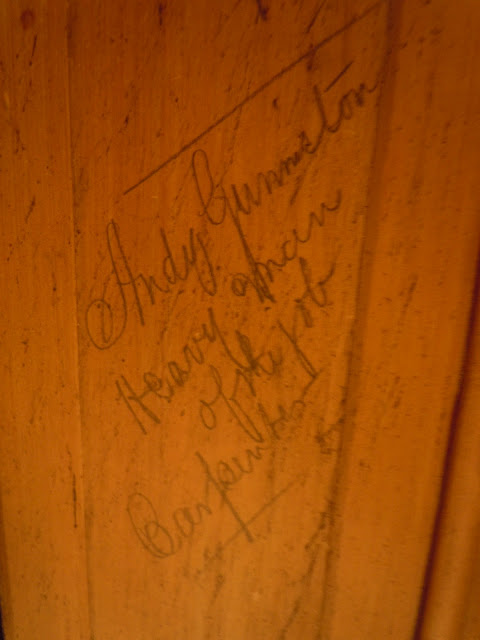I try my best to ensure that every detail in our displays is well thought out, well planned, and well researched. Some themes are easier than others and the information literally jumps from the pages of history. Sometimes, I'm not so lucky and usually begin to "burn out". There are times...and themes that I just sit back and let it flow. Southern Summers is just that kind of theme.
I believe that I am one of just a few true Southern born and bred volunteers inside the WF. While others have made "the South" home for many years, I have always called the South home. I've always thought of myself as a true Southern gentleman having been born and raised into a "good ol' Southern" family. So, it comes as no surprise that I find this theme extremely effortless. And, here's why...
Over the past 100 years (or, more), summertime traditions and lifestyle of Southerners hasn't changed all that much. It truly must be the heat and humidity! We move (and talk) a little slower...even more graceful, our skin seems to always glisten from the humidity, and our tempers are either sweet and docile or as violent as a summer thunderstorm. Our forefathers of the last two centuries were no different.
Eating habits are lighter, fluid intake is greater. Specific styles are maintained both personally and in the home. We wear linen, seersucker, and fluid cotton...the lighter and more loose, the better. Our homes take a turn by making everything effortless and as cool as we can. Outside evening entertainment either poolside or lounging in the park is always preferred to sitting in a stuffy house. And, just like that...we're in the lifestyle once lived by our grands and their grands.
I feel a sense of nostalgia more in the summer than any other season. Being barefoot...drinking my mother's incredibly sweet iced tea out of plastic cups...running through the sprinkler in the yard...having picnics...swimming at night...fresh strawberries in sugar. More than memories, it's just what we did...what we do...during a Southern Summer.
Now, I've found my "happy place"...time to kick off my shoes, sit back with a tall glass of sweet tea, and let the ideas flow. I can't wait for you to see how this turns out...heck, I can't wait to see how this turns out!


















































